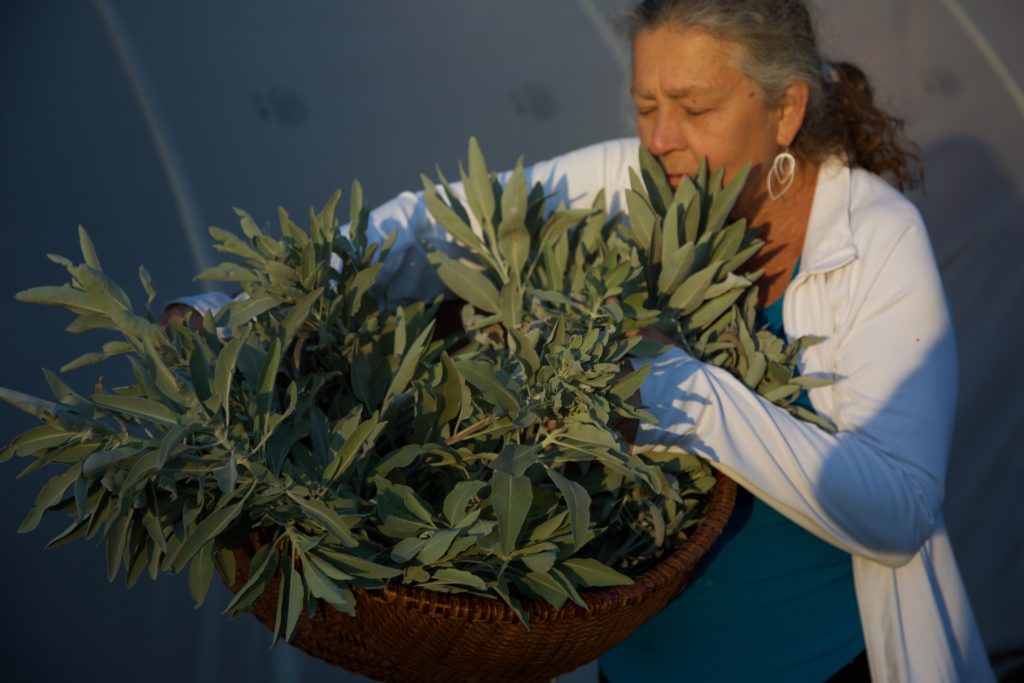First Stirrings of Spring
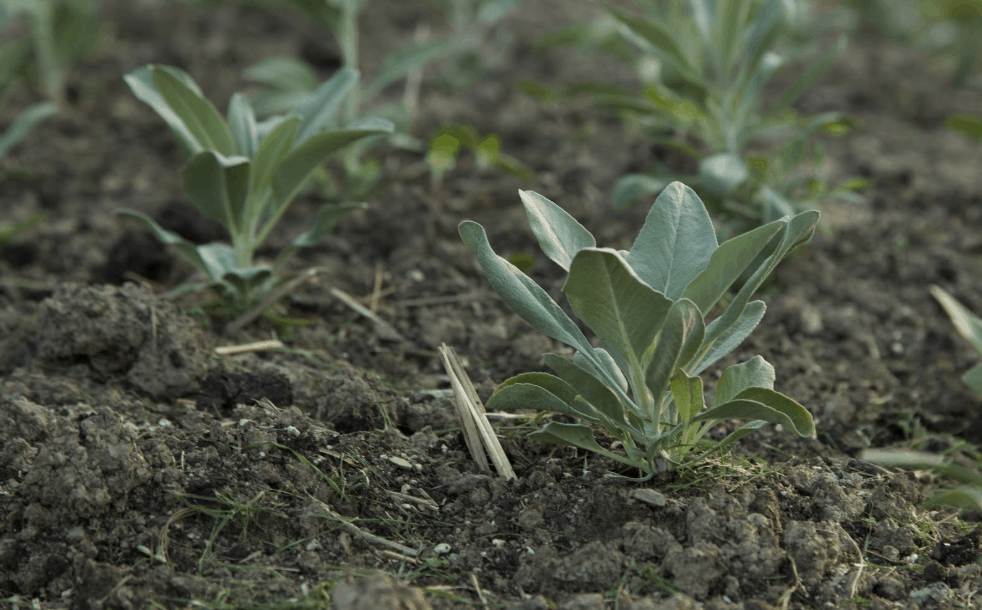
Funny how a month ago the onslaught of seed catalogues was too overwhelming and I shouted, “I’m not ready yet!” and quickly scrolled by photos of people’s seed orders. Now most of our seeds are here, white sage is sprouting and I can’t wait for the snow to melt and to be able to get my hands in the dirt. How does that happen? What magical spell has been cast upon me to allow this transformation?
We are so much more connected to the changing seasons than we imagine.
The small subtle shifts from the environment are hardwired into our DNA and are as sure and predictable as the arrival of the red-winged blackbirds signaling the beginning of spring. Something in us knows when it’s time to come out of hibernation and start foraging for new food.
It is with the arrival of the early harbingers of spring and the shifts of energy that I’m sharing today. (You’ll notice more pictures than usual. I figure we can all use some greenness right about now.)
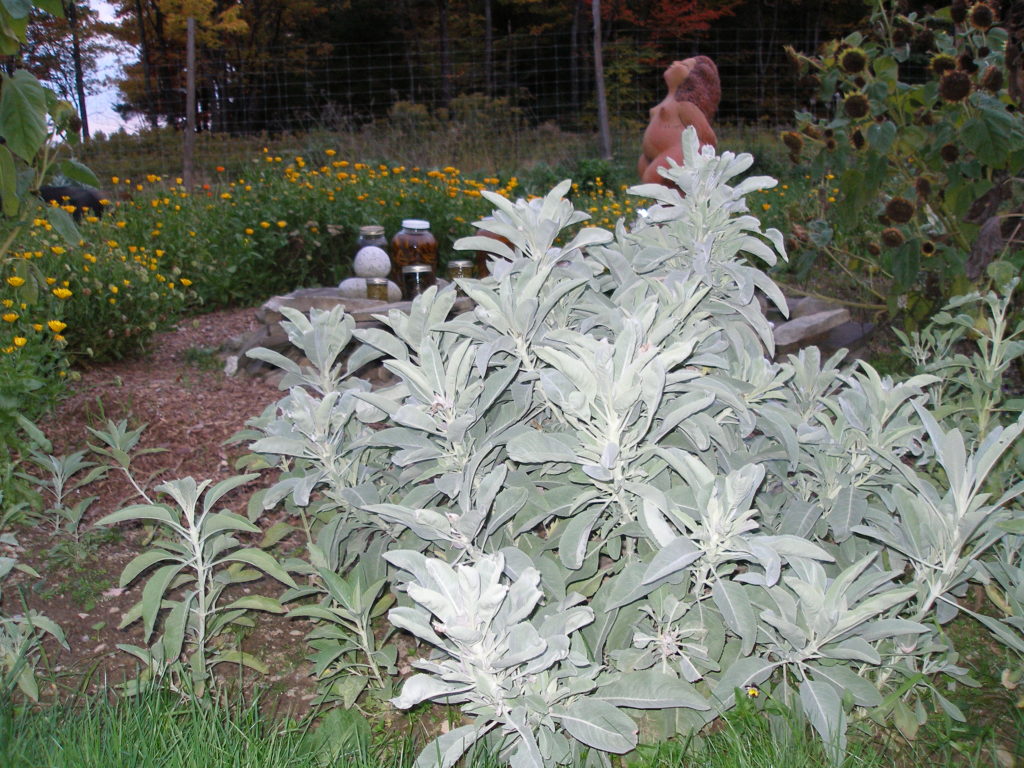
15 years ago when we planted the very first ring of our medicinal garden here at Heartstone, we fire-germinated and planted Salvia apiana, White Sage to take up and hold the center of our garden, which is the heart of our land. The weather that year was very dry and the soil was just right for gorgeous and hardy plants standing almost 3 feet tall. We have never repeated the bounty of that harvest and it’s our goal to at least create the right soil conditions for her to thrive again (since we can’t create her preferred hot and dry climate).
Salvia comes from the arid lands of southern California and northern Mexico. A perennial evergreen shrub, she has been used by the natives peoples; Chumash, Alliklik, Kitanemuk, Serrano, Gabrielino Luiseno Cahuilla, and the Kumeyaay living there.
Our global world has been introduced to this beloved plant and folks are working with her to her detriment. The fact that this signature plant grows in such a small bioregion natively and grows very slowly means she cannot withstand the increasing harvesting demands for her. She is literally being loved into extinction. She belongs in her native and wild habitat, thriving and abundant, available to the native people who have lived with her and have been in relationship learning from her all this time.
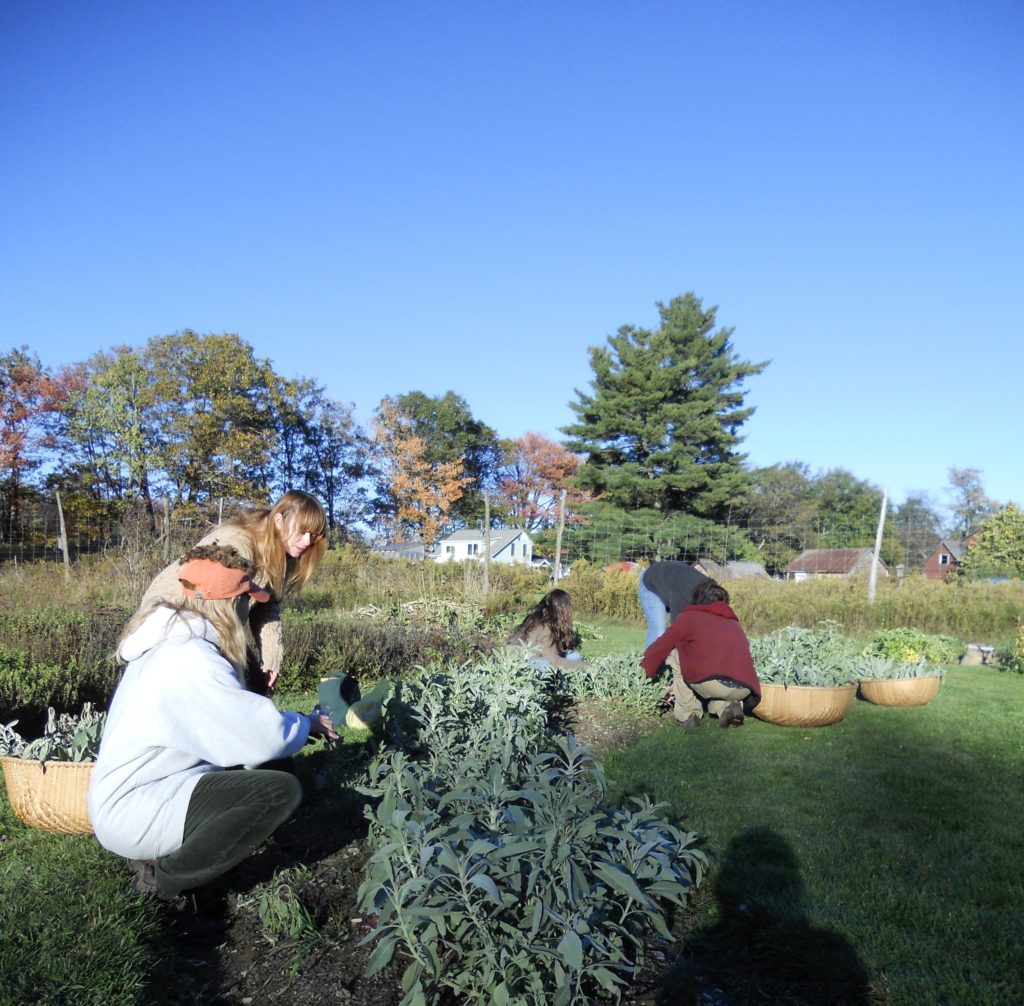
We can all abstain from working with this plant unless we grow her ourselves or purchase her from someone who has grown her. If you don’t know where your dried leaves come from, please don’t buy them. We need to leave the wild plants to their landscapes and all the people/beings who live there with them.
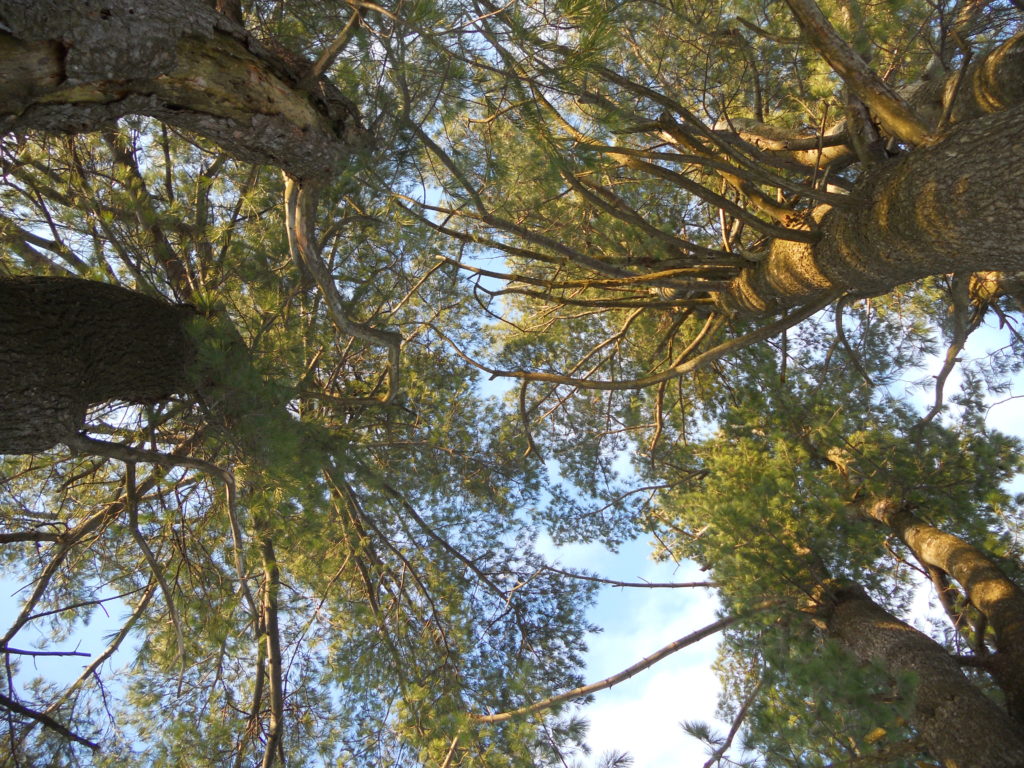
There are other options. Across the globe, all of our ancestors have used aromatic plants to cleanse their surroundings of insects (aromatic plants deter those pesky critters) and themselves of “evil spirits”. Part of the healing coming forward now is for us to reclaim our indigenous souls, to research and remember our heritages from our people, whomever they are, and by this re-membering, to help heal the collective ancestral wounds. The plants have always been here, always wanting to help with healing. Why would this deep ancestral healing be any different? After all, the plants are our elders, our ancestors.
Who are the plants your people used to cleanse? Can you find them? Grow them? Ask for help? Share their stories & healing with others.?
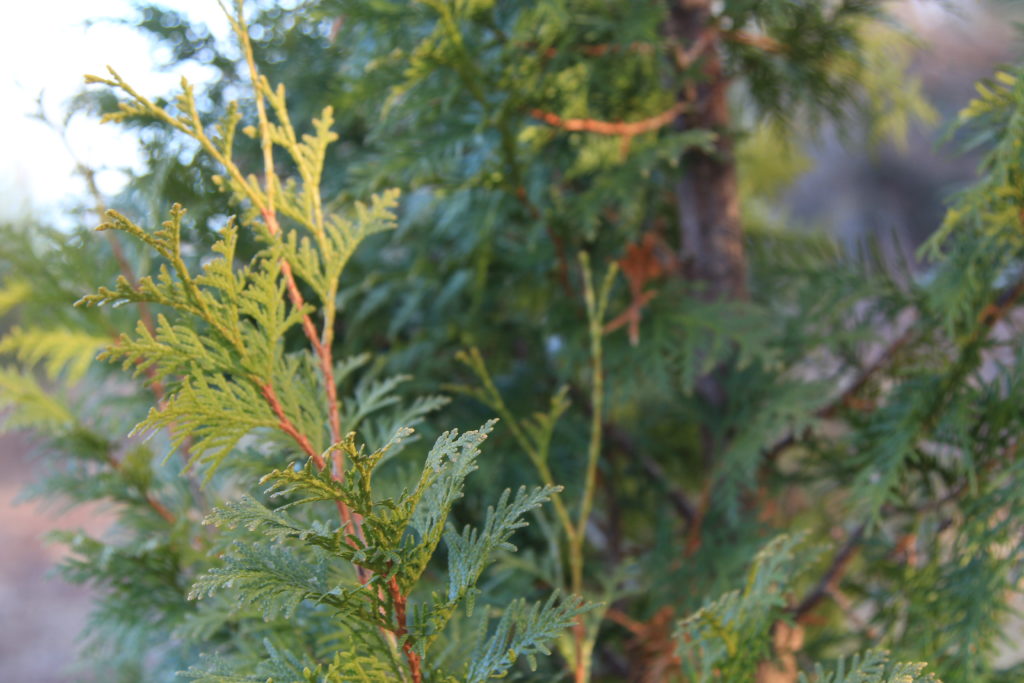
The cleansing plants of my ancestors range from the Celts; Mugwort (Artemisia vulgaris), catnip (Nepeta cataria), & St. Johnswort (Hypericum perforatum) to the Abenakis; Cedar (Thuja occidentalis), White Pine (Pinus strobus) and Sweet Fern (Comptonia peregrina). I grow and work with them all.
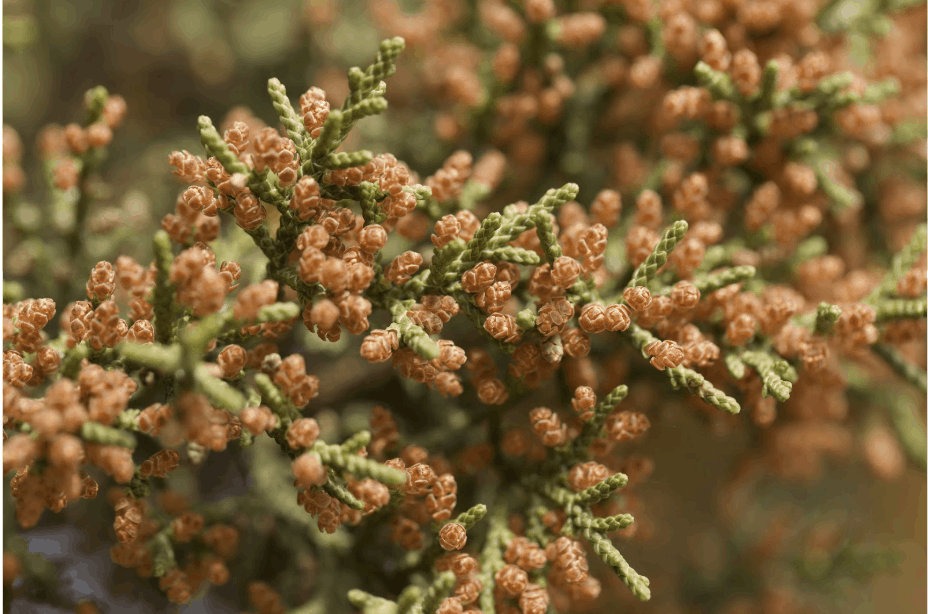
I also make a pilgrimage every year to one of the homelands of my spirit, the southwest. Here I wander for days in the high desert amongst the Juniper (Juniperus utahensis) and another Artemesia, (Artemisia tridenta), desert sage. Both are abundant and well established and I mindfully harvest a small amount to bring home for my personal use for the year. (When I run out I know it’s time to head back to my desert home.)
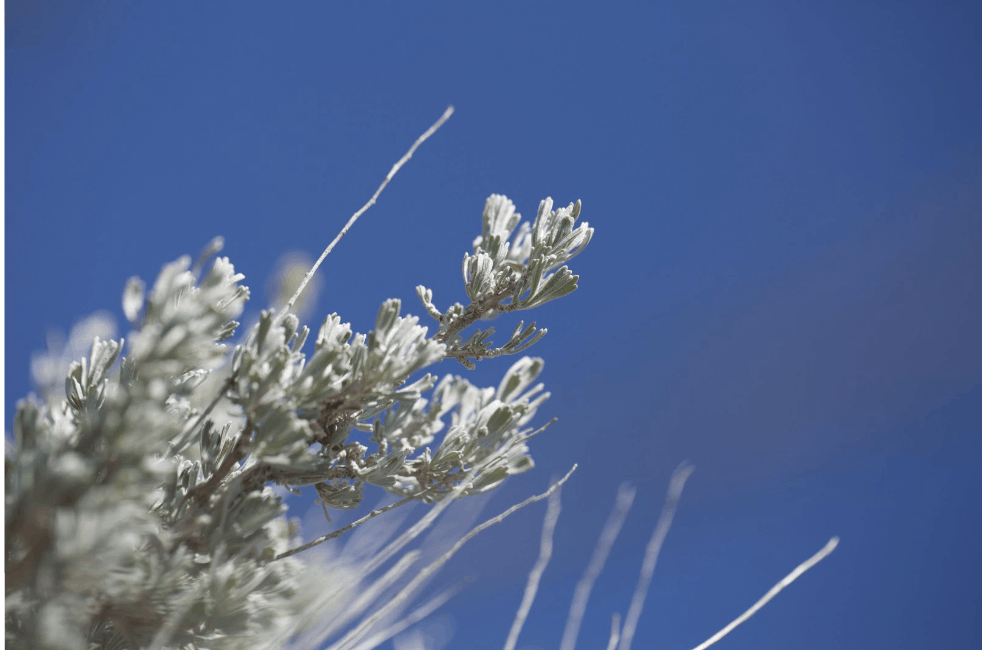
And we still plant White Sage.
Living in the northeast is not exactly the best environment for growing white sage. Most years the plants do well enough as annuals that we can harvest and dry and have plenty to share and mix with other herbs to use for our cleansing. Some years the rains and humidity are too much for these arid plants and we get much smaller harvests.
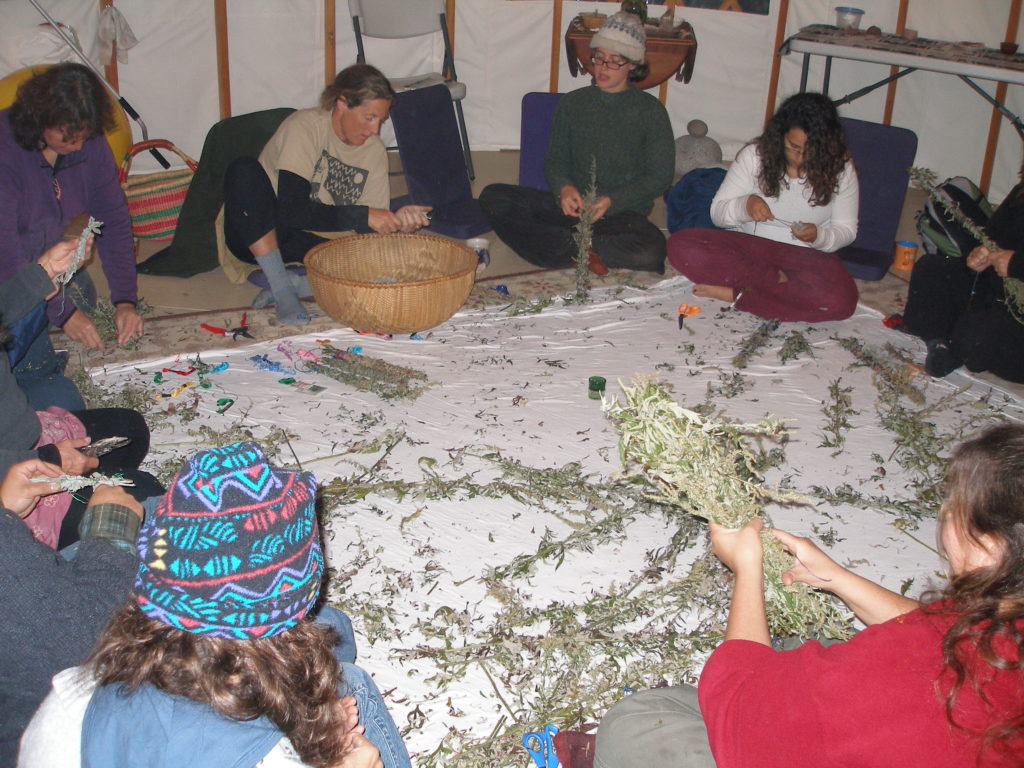
Sharing is an important part of working with these ceremonial herbs. Gifting to our elders when we go to sit at their feet and learn from them is an important part of right relationship. My mom taught me that a gift made is more meaningful than a gift we buy. Even better if we grow it.
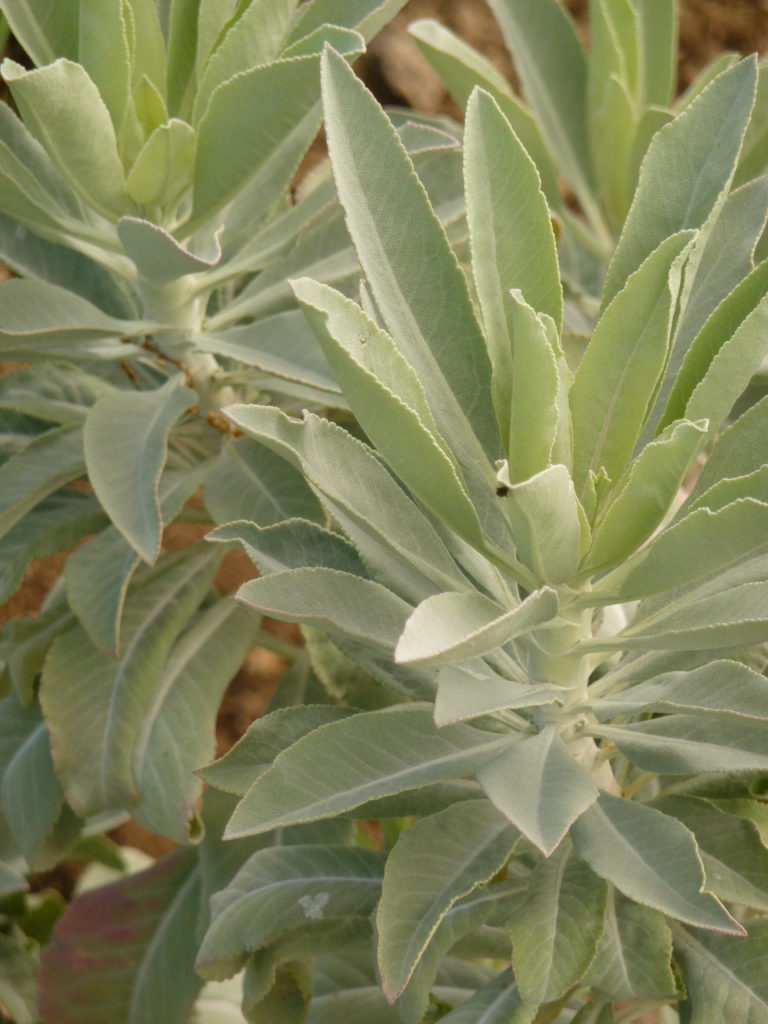
We will continue to plant into our garden beds with the perennial hope of people who grow things. We have worked over the years to increase the porosity of our clay soils and still, thankfully, we don’t control the weather. This year we will also plant some white sage plants in more sandy soils and grow some of them at least out of the rain, in our greenhouse. My lifelong goal of working with this lovely being is to establish at least one who will live in a pot long enough to blossom into full adulthood, flower and give birth to seeds. Yes, a perennial hope of a woman who grows things.
Another goal is to travel to where she lives and wander with her, visit and bring gifts to thank her for the many blessings she’s given me.
Someday I’ll make it there.
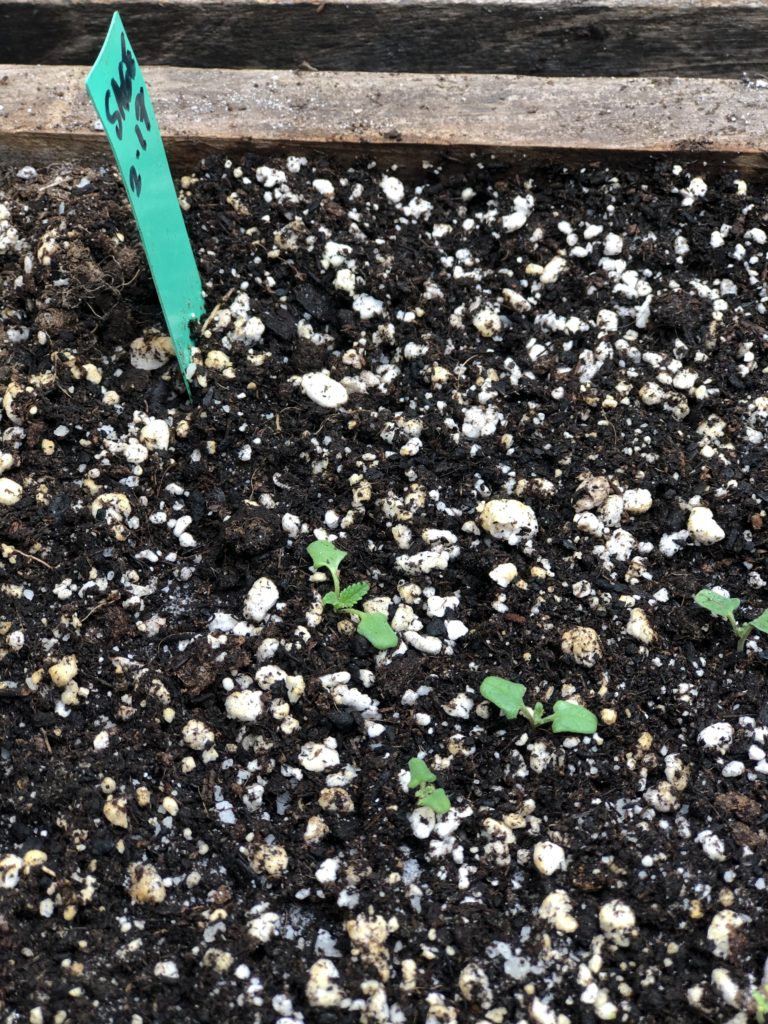
You too can grow her. Strictly Medicinal Seeds is the place we get our seeds and they’ve announced they have an abundance of them and they are germinating really well. Since Sage is on desert time, she grows quite slow by our standards. Now is the time to germinate so she is big enough to grow out into the garden.
May the gardening season bring you abundant joy.
